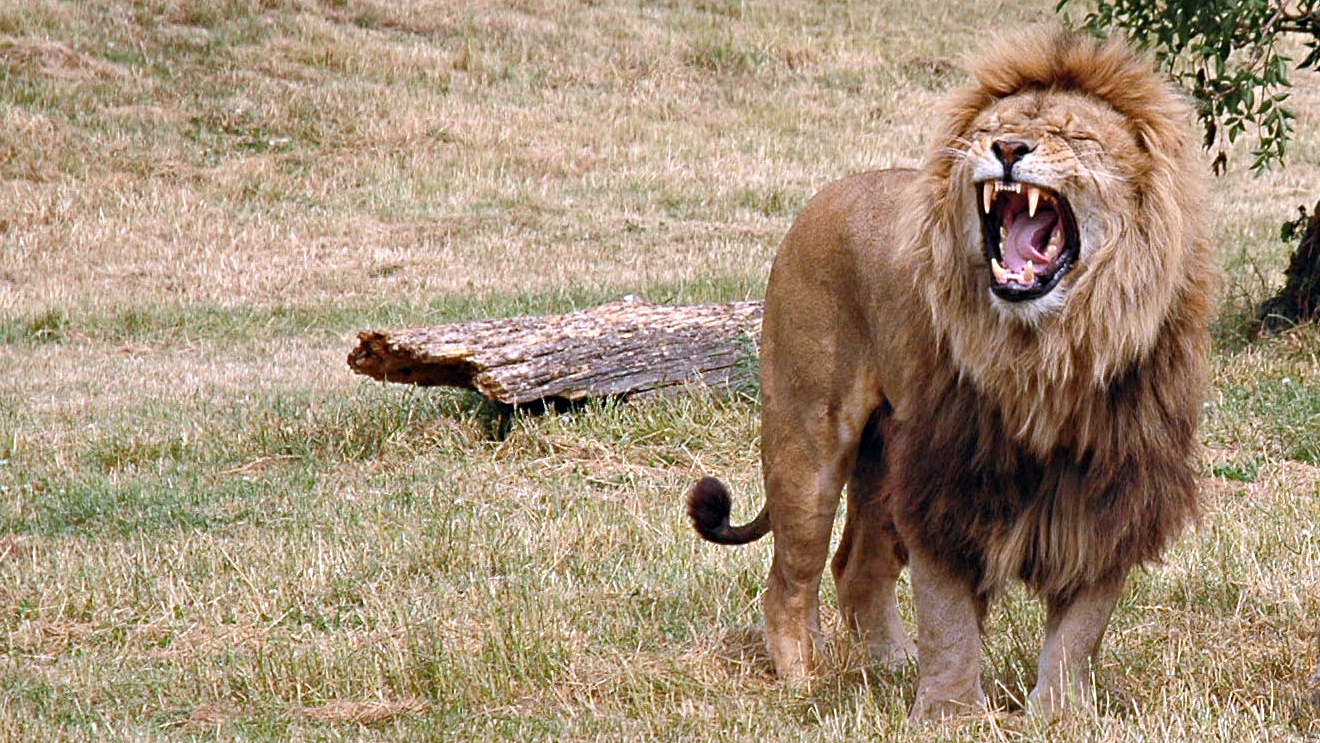Living with Lions and Tigers and Bears, Oh My

Editor’s note: This is a guest post by Lincoln Larsen, assistant professor in the Department of Parks, Recreation and Tourism Management in NC State’s College of Natural Resources.
Large carnivores are a source of inspiration and fear for humans. We admire their power and respect their role atop the food chain, but we fear their impacts on our livelihoods. For lions, tigers, bears and a suite of other predator species, coexisting with humans is increasingly difficult. Competition for limited land and resources is pushing people and predators into a state of nearly continual conflict.
When habitat shrinks and prey disappears, carnivores often turn to livestock as a food source, causing significant losses in resource-dependent communities. In rare instances, carnivore attacks can lead to injury or death to people. However, carnivores themselves typically face the most dire consequences.
People fight back when predators cause problems or threaten human safety or well-being. That can lead to retaliatory killings, systematic cullings and species losses. In fact, research suggests that conflict with humans is a leading factor driving many carnivore species toward extinction. Protected areas alone cannot support sustainable populations of these carnivores, which typically require large areas and prey bases to survive. To sustain these species – and their ecological and cultural relevancy – we must find ways to coexist.
The Search for Solutions
When large carnivores kill livestock or injure people, the first response is often to kill or relocate the problem animal. But researchers question the long-term effectiveness of removal. Other strategies focus on protecting domesticated animals by shifting herd structure, enhancing enclosures and constructing physical barriers, or employing guards to protect against predators. Though generally more effective than predator removal, these interventions typically achieve mixed results.
Modern mitigation strategies increasingly focus on the social, economic and political forces driving human-carnivore conflict. They include compensation programs for livestock producers who lose animals to predators, education for local residents and efforts to start wildlife tourism programs to benefit the community. Although there are success stories for each of these approaches, their overall effectiveness hasn’t been adequately studied.
In fact, while researchers have recommended a number of interventions, few have been thoroughly evaluated. A study of conflict between humans and big cats, by found that the best interventions across 186 studies – compensation programs and improved livestock management practices – were only effective (evaluated AND recommended) in about 50 percent of cases. The success rate of other approaches, such as conservation education and community-based tourism initiatives, was much lower.
Another study of livestock predation by large carnivores found only 21 case-controlled studies, concluding that “the lack of empirical results… should make us question the presumed effectiveness of widely recognized interventions.” In a different review, Baynham-Herd and colleagues found that only 10 percent of articles offered strong evidence from published scientific literature to justify conflict management recommendations, and only 15 percent were based on comprehensive theories of behavior change. The overall message is clear: many different interventions are being employed across the world to address human conflict with large carnivores, but very little peer-reviewed evidence is available.
The Future of Human-Carnivore Conflict
So how should we respond when carnivores threaten human livelihoods? We know that what works typically depends on the species, local community and culture, and problem framing. Strategies for dealing with lion conflicts in Africa might be quite different than those involving tigers in Asia or bears in North America. To some extent, strategies can (and should) be based on the intuition and experience developed by individuals who have spent years interacting with animals in a particular place. But they should also be based on causal reasoning and scientific evidence – two pillars of effective adaptive management.
We can’t avoid conflict with predators, but we can find better ways to respond to these problems when and where they occur. Well-informed interventions have the potential to save carnivore species from extinction while simultaneously supporting human well-being and ecosystem health. As recent studies suggest, knowing how to achieve those goals will require a little more work – challenging us to rethink the ways we address conflict with carnivores around the world and inspiring us to seek evidence-based solutions.
This post was originally published in NC State News.
- Categories: